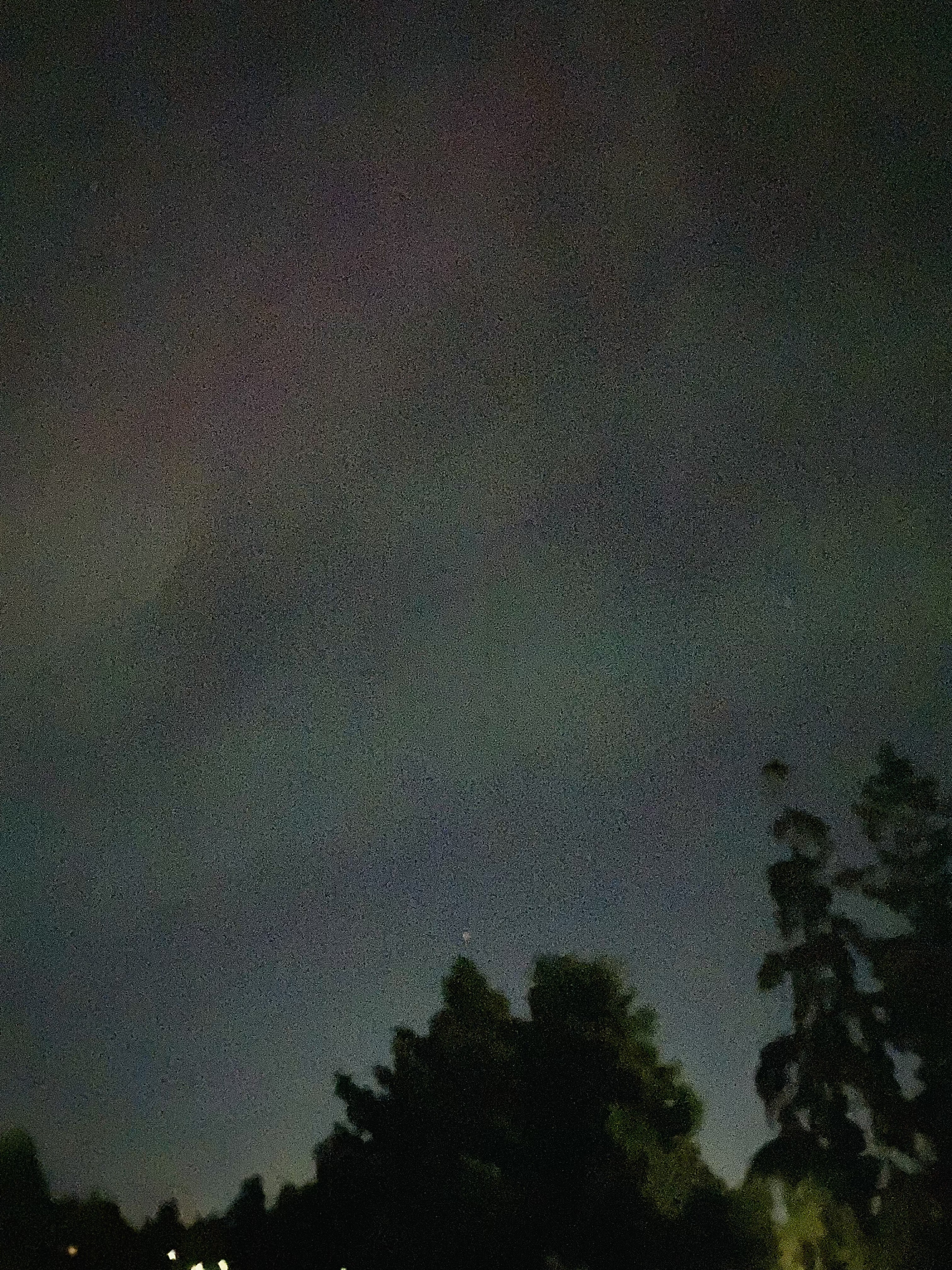Though the Delridge repaving-and-more project has always included plans to remove some trees, the big ones outside historic Youngstown Cultural Arts Center were not supposed to be among them. As our photo shows, those trees are as tall as the century-old building. But plans changed – and neighbors are pushing back.
We found out about the tree-removal plan from neighbor Scott Squire, who explained, “Residents here consider these trees critical to our quality of life, providing as they do shade, dust capture, sound deadening, and perhaps above all, visual interest/aesthetic relief from the loud, dusty (and now torn-up) street.”
We contacted SDOT‘s project spokesperson Adonis Ducksworth to find out why plans changed. He acknowledged, “During the design stage of the project, these 5 trees were not planned for removal. While working at this location, the tree roots were exposed and this is when we discovered the conflict that would require us to remove them.”
He explained the “conflict” this way: “While working in the field near the Youngstown Cultural Center, our contractor discovered that the roots and bases of these trees conflicted with the new curb line. As a result of this conflict, the trees would likely need to be removed. We’ve attempted to work around the trees in order to preserve them for the community, but we found that our solutions in the field would cause the trees to become unstable and pose a danger to the community.”
But, Ducksworth says, neighbors’ pushback has the city trying to figure out if the trees can be saved after all: “We’re continuing to hear from the nearby community about how important these trees are to them and are presently looking at a design change to attempt to preserve them. We hope to know if a design change is possible in the coming days. With that said, there is a risk the trees will need to be removed. This is why we needed to post the tree removal notices. Notices typically go up 2 weeks prior to a removal. This timeline gives the community adequate time to comment; which people are doing now, and we thank them for that. If we can keep the trees, the notices will come down.”
If you’re interested in commenting, the project email is DelridgeTransit@seattle.gov, and the Urban Forestry contact on the notice is shane.dewald@seattle.gov.





| 35 COMMENTS